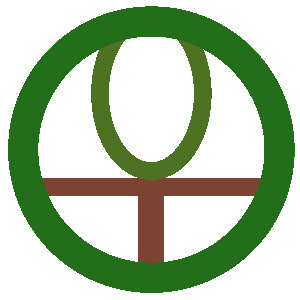WHAT MANNER OF MARK IS THE MANICULE?

We’ve all seen one: a hand with a pointing finger showing us where to look for needed information. But how many of us know what to call it?
Various names have included: hand, hand director, pointing hand, pointing finger, pointer, fist, mutton-fist, bishop’s fist, digit, indicator, or index. The obvious nature of the intention of the symbol retarded the need to give it a universally accepted title.
“Manicule” is from the Latin work maniculum meaning “little hand.”
The first recorded appearance of a manicule is in the Domesday Book (originally called the Winchester Roll or King’s Roll) of 1086. This was a survey of land ownership in England during the reign of William I.
Records of the use of manicules is scant until the Renaissance era (13th-15th centuries) when a variety of texts have been found displaying them in many different styles. Some manicules show just a hand whereas others show off cuffs or sleeves which give some indication of the clothing styles of that time.
Although they have been used to indicate paragraphs or sections, the primary function of manicules is to highlight important text whether by a printer or a reader. In biblical texts, hands pointing upwards have been used as holy reminders.
Manicule use seems to have fallen out of favor until the 18th century with the rise of industrial design and advertising. Signage was and is a popular use of this symbol. Another familiar use of the manicule is the “Return to Sender” stamp used by the US Postal Service.
With the rise of the internet we now see browser manicules pointing out active links on webpages.
Manicules stand apart from other forms of punctuation because they are a means by which one can personalize a text. There are rules governing the use of periods and colons, etc. but none for the manicule. It is entirely up to the printer and/or reader to decide which passages in a text need to be emphasized.
Fortunately the Unicode system offers codes for eight basic manicules:
261A Black left pointing index
261B Black right pointing index
261C White left pointing index
261D White up pointing index
261E White right pointing index
261F White down pointing index
And four additional manicules:
1F446 White up pointing backhand index
1F447 White down pointing backhand index
1F448 White left pointing backhand index
1F449 White right pointing backhand index
See: http://unicode-table.com/en/
REFERENCES
Houston, Keith, “The Mysterious Manicule,” Slate 30 Sept. 2013
http://www.slate.com/blogs/lexicon_valley/2013/09/30/the_manicule_a_hand_with_a_pointing_index_finger_becomes_a_common_marginalia.html
Sherman, William, “Toward A History Of The Manicule,” Mar 2005
http://www.livesandletters.ac.uk/papers/FOR_2005_04_001.pdf
“Index (typography),” Wikipedia
http://en.wikipedia.org/wiki/Index_(typography)
6/15

